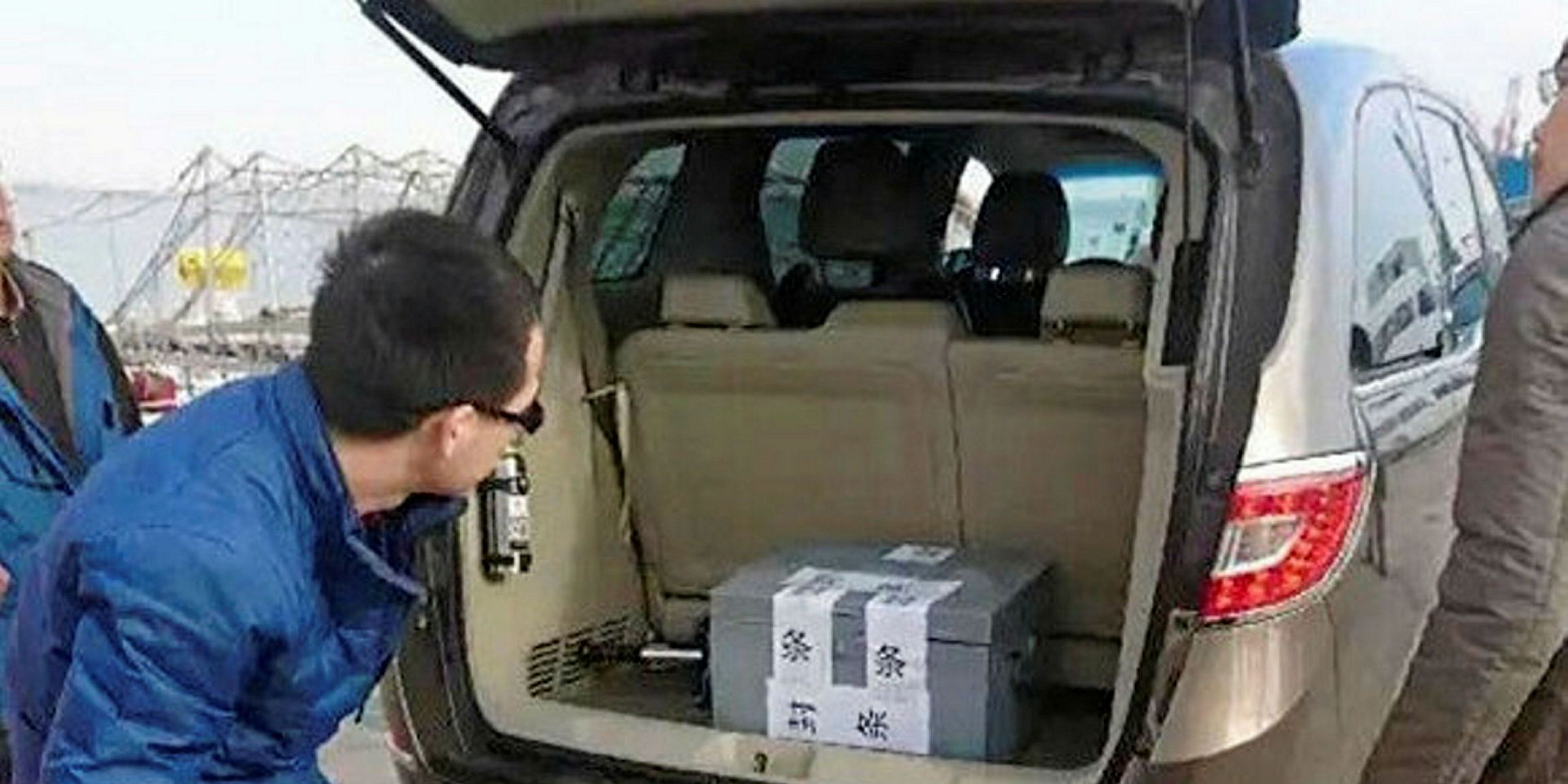Voyage data recorders (VDRs) from the two ships involved in the Sanchi tragedy have now been opened by Iranian, Chinese and Panamanian officials.
There has been no statement on the condition of the VDRs, shipping's version of black box flight recorders used by the aviation sector, which will be critical to accident investigators in establishing the cause of the disaster.
The Iranian 164,000-dwt tanker Sanchi (built 2008) was engulfed by fire for several days with no survivors.
Investigators hope the data will help them build a timeline of events onthe ship's bridge in the moments prior to the collision with the 76,500-dwt bulker CF Crystal (built 2011).
But what will investigators be able to glean from the stricken tanker's VDR?
Data could help establish basic facts: the date, time and location of the accident, as well as the speed and line of travel of the vessel.
But in the absence of crew testimony, perhaps the most important evidence will be voice recordings. These could indicate who was present on the bridge, the commands given and the decision-making process taken. It could also cast light on what the bridge team were aware of in the moments before the collision.
- Date, time and the ship’s position; speed and line of travel
- Bridge voice recordings
- VHF radio recordings
- Radar and ECDIS displays
- Status of bridge alarms
- AIS data
- Rudder order and response
Under current regulations, microphones should be placed on all work stations on the bridge and be capable of recording to a standard to provide “adequate intelligibility”. There will also be VHF radio recordings, which should reveal any attempts by the two ships to communicate.
In addition, a VDR should provide a “faithful” representation of the entire radar display at the time of the incident, giving the movements of all shipping in the area. In the same way, it should be able to replicate the ship’s electronic chart display and information system.
It could also cast light on the status of bridge alarms. This includes the Bridge Navigational Watch Alarm system, which detects when there is no movement on a bridge, for example, when an officer of the watch has fallen asleep.
Any potential steering failure could become clear too, with VDRs recording the order and response of the rudder, engine and thrusters.
However, there is some doubt over just how much data has been preserved.
While VDRs record automatic information system (AIS) data, both the Sanchi and CF Crystal were transmitting via satellites rather than land-based AIS receivers, which can limit data collection.
In addition, the Sanchi was built in 2008 before the IMO’s current VDR performance standards were introduced for ships built after 2014.
One problem with first generation VDRs is that if they were not backed up or stopped at the time of an accident, critical information is overwritten. The problem emerged in 2012 after a fire onboard the 6,750-teu MSC Flaminia (built 2001).
The current IMO performance standard requires a minimum 30-day data storage capability.



